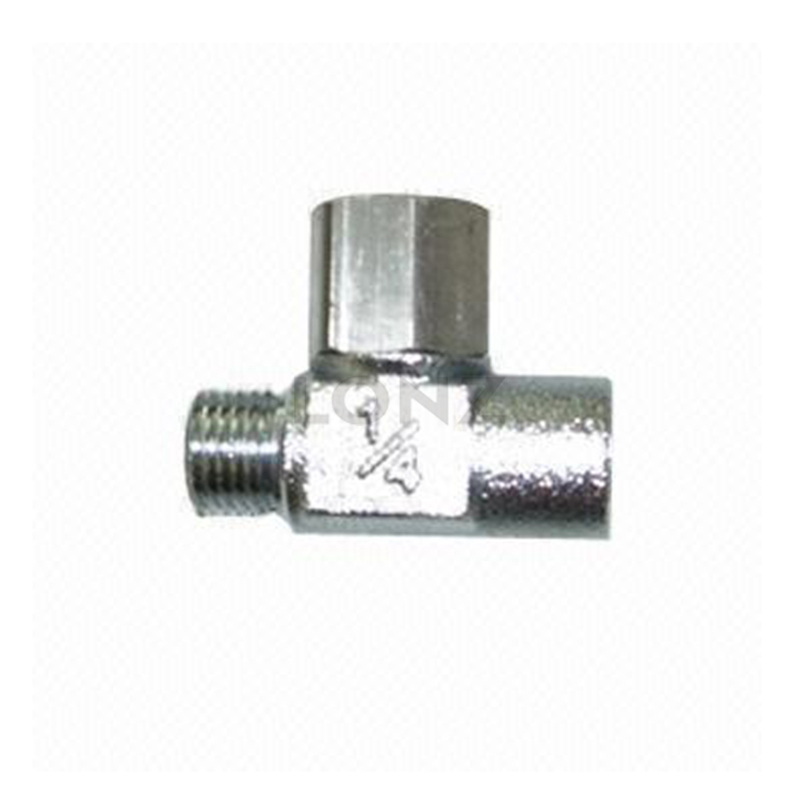Principles and applications of steam traps
The steam trap is an important control component in the industrial pipeline system. It is used to remove condensation water and impurities generated in the steam pipeline to ensure the normal operation of the steam system. The following is a detailed introduction to the principle and application of steam traps:
1. Principle of steam trap:
- Drainage removal: Based on the generation of condensation water in the steam system, the steam trap uses the floating element or thermal element in the valve to timely remove condensation water and impurities in the pipeline to ensure the smoothness and dryness of the steam pipeline.
- Automatic control: The steam trap has an automatic control function, which can automatically open or close according to the change of liquid water level in the pipeline, ensuring that the liquid water in the pipeline is discharged in time and the steam does not leak.

2. Application of steam trap:
- Boiler system: In industrial boiler systems, steam traps play an important role in removing condensation water in boiler pipes and protecting the boiler, improving thermal efficiency and ensuring the safe operation of the boiler system.
- Heating system: In heating process production, steam traps are used to control moisture in steam pipes to ensure the normal operation of thermal equipment and avoid water hammer.
Steam traps ensure the safe operation of steam pipeline systems through their automatic control of drainage. They are used in a variety of industrial fields and provide reliable support for industrial production.


